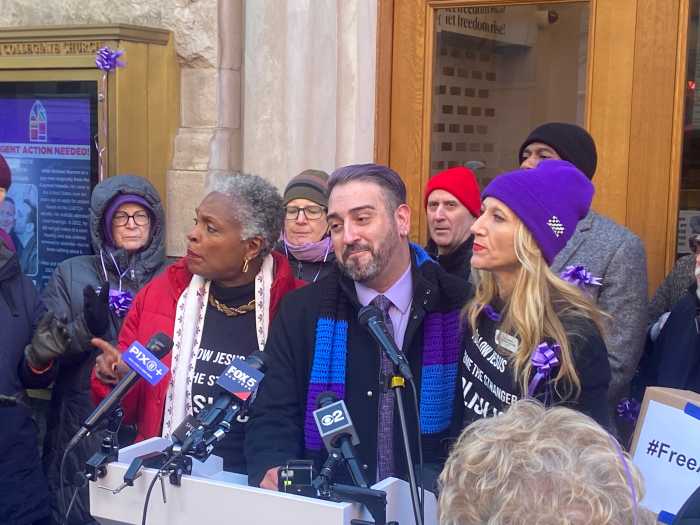George Raft had his own rags to riches story; however, his rags were certainly much finer than anyone else’s. As a Hollywood poster boy in the 30’s and 40’s, with a keen fashion sense, Raft made a name for himself portraying gangsters.
Although Raft experienced immediate success, maintaining it proved to be an even greater challenge.
Born on September 26, 1895 on the upper west side of Manhattan, Raft was the son of German immigrant, Eva Glockner, and Massachusetts native, Conrad Ranft. Growing up in the perilous milieu of Hell’s Kitchen, Raft developed a brash attitude that would prove to be a distinct feature of the characters he depicted.
Despite the tough guy attitude, Raft aspired to be a dancer. With his chic sense of style and exceptional talent as a dancer, Raft was able to open numerous doors for himself.
He gained access to the city’s trendiest establishments and earned a spot on the stage presentation at Texas Guinan’s notorious nightclub which later paved a path to Broadway. Around this time, Raft became a resident of Douglaston, Queens. He lived near Kenmore Road and West Drive in Douglaston.
By the early 20’s, Raft’s career had taken him to London and had given him a wealth of experience in the art of show business.
In 1929, Raft moved to Hollywood and took various small roles to support himself; grand success did not take long to come however. His first claim to fame came in 1932 in the mobster film, Scarface. After his convincing portrayal of the coin flipping Guino Rinaldo, many believed such a performance was no fluke, but rather a look into Raft’s actual life behind the screen. Although his performance in Scarface was one of a kind, Raft was typecast for the rest of his career.
The allegations of Raft’s involvement with organized crime were certainly merited, as his close friend was Benjamin “Bugsy” Siegel, a notorious New York gangster with various racketeering and gambling operations around the country. Raft also maintained close ties with Owney “The Killer” Madden, a friend he grew up with in Hell’s Kitchen. Madden was a prominent Irish mobster in Manhattan during prohibition who ran the fabled Cotton Club. Rather than denying the allegations, Raft used the rumors to his advantage to garner publicity.
Following his role in Scarface, Raft’s career took off; he was considered amongst the best gangster actors of the time. Routinely Raft would star along side James Cagney, Humphrey Bogart and Mae West. Some of his other successful films include If I Had A Million (1932), The Glass Key (1935), Souls At Sea (1937) and Manpower (1941). His 1934 film, Bolero, featured Raft in a rare dancing role. Soon after however, Raft’s career took a sudden decline based on some ill-advised decisions.
Aside from his masterful performances, Raft is infamous for declining some of the greatest roles in motion picture history. He turned down a part in the 1941 film, High Sierra, for the simple reason that he did not want to die at the end.
He later refused a role in the 1941 film The Maltese Falcon because he did not want to work on a remake of the 1932 version of the film. Raft also rejected the lead role of Rick Blaine in the 1942 classic, Casablanca, because he did not want to work with, “some unknown Swedish broad.”
With the decline of his acting career, Raft also fell into financial problems.
“I must have gone through $10 million during my career. Part of the loot went for gambling, part for horses and part for women. The rest I spent foolishly,” Raft said of his misfortune.
While Raft attempted a comeback, he was not able to able to return to his previous level of Hollywood royalty. He passed away on November 24, 1980 after battling leukemia. Raft was laid to rest in Forest Lawn at Hollywood Hills Cemetery. He has two stars on the Hollywood Walk of Fame, one for his contributions to motion pictures, located at 6150 Hollywood Boulevard, and the other for television, located at 1500 Vine St.
































